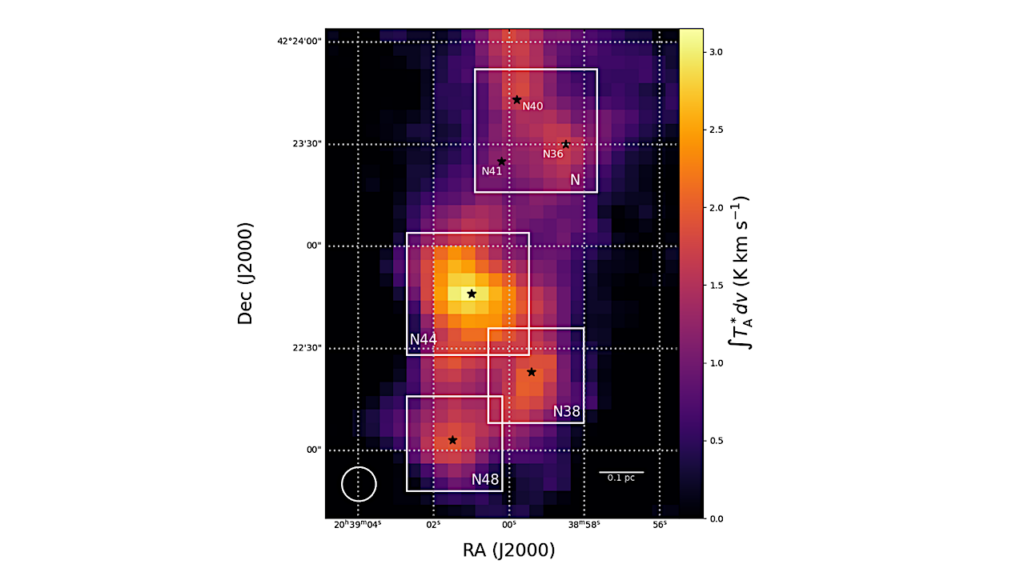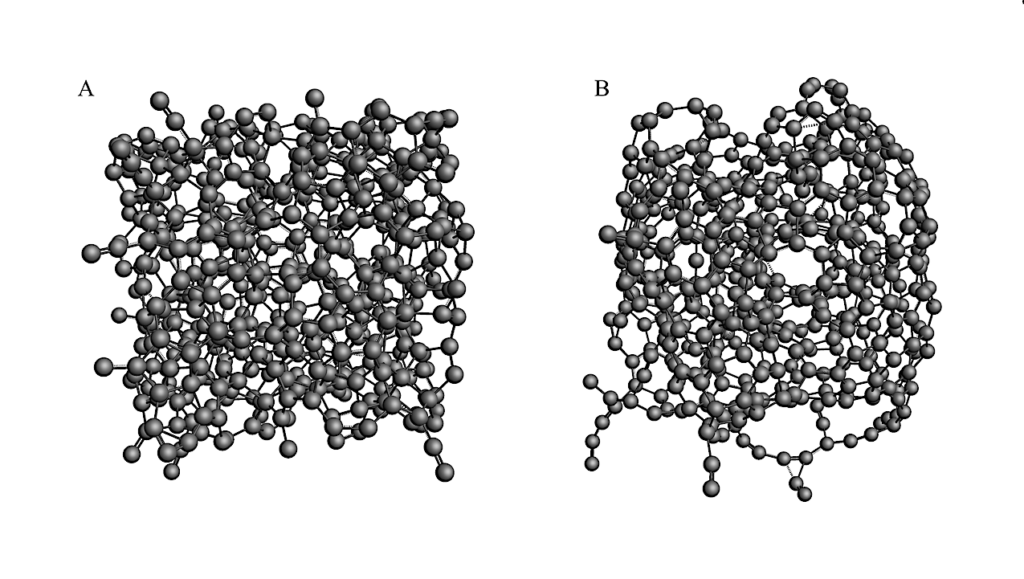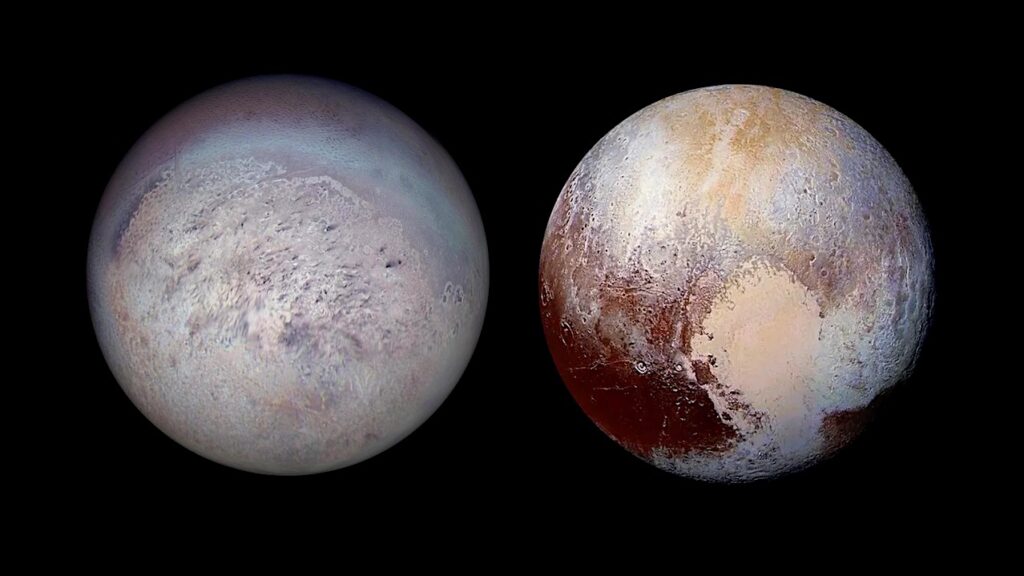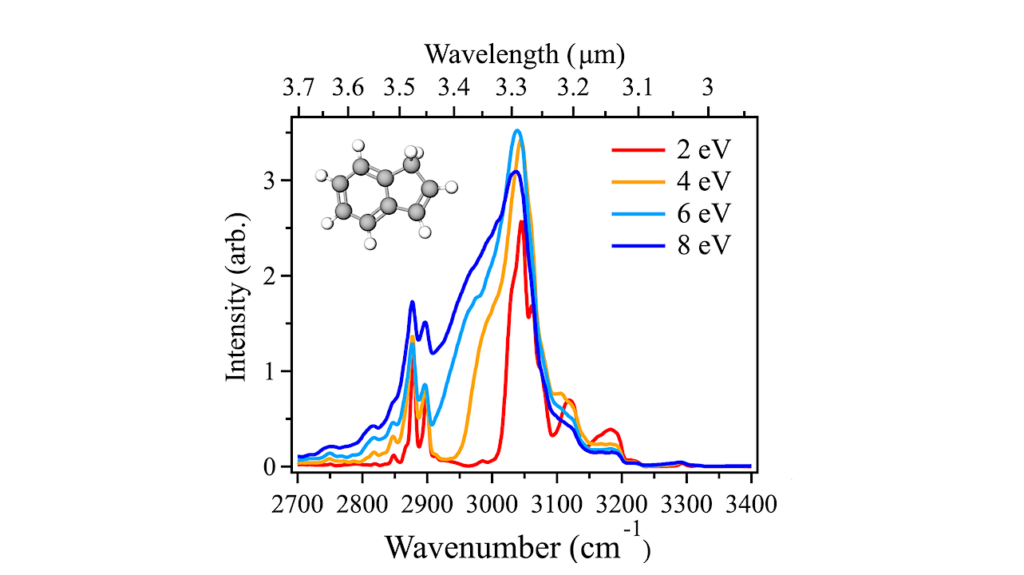British Researchers Try to Challenge Evidence of Mars Meteorite Fossils – But Don’t Make Their Case
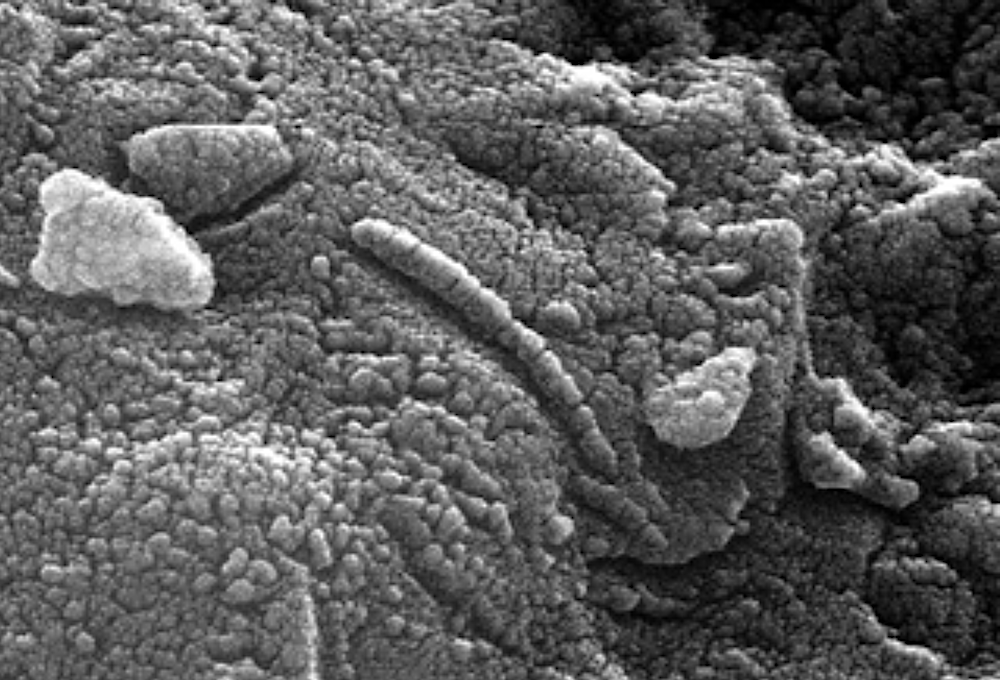
In 1996 the world held its breath for a moment as David McKay and Everett Gibson from NASA’s Johnson Space Center revealed evidence which they felt pointed to the distinct possibility of past life on Mars. The source of their evidence was the ALH84001 meteorite – a piece of Mars blown clear off the planet millions of years ago which sat in Antarctica for thousands of years before being picked up by a team of meteorite hunters.
Gibson and McKay announced that their team had found small microstructures within the meteorite which they suggest are fossils of ancient microorganisms. They also found a number of geochemical signatures within the meteorite which suggested that the carbonates present were of Martian (not terrestrial) – and possibly biogenic (biological) origin. Taken together, McKay and Gibson felt that their research pointed to fossils of ancient Martian life forms.
Not everyone agrees with their conclusions.
In the years that followed several papers have been published which served to challenge these results. Overall, a larger number of papers have been published that serve to substantiate the claims made by Gibson and McKay. The latest challenge comes from researchers at the University of Greenwich in London.
According to a University of Greenwich press release “the complex chemical structures found in a meteorite from Mars, which scientists in 1996 hailed as possible evidence of past life on the planet, can be reproduced quite simply in any laboratory…” The press release goes on to claim that “the special structures — which are shaped like flowers and spheres — could have been formed on the cold surface of Mars from minerals commonly occurring there. Their findings cast grave doubts on the possibility of Martian life.”
The results are contained in a paper titled “The role of vaterite and aragonite in the formation of pseudo-biogenic carbonate structures: implications for Martian exobiology” written by University of Greenwich researchers Aron Vecht and Terry Ireland which appears in the August 2000 issue of the journal Geochimica Et Cosmochimica Acta. In this paper they describe their own research wherein they were able to make “various forms of calcium carbonate with spherical and ‘floral’ morphologies”. Translation: they have created small carbonate granules which they believe are similar in shape and composition to those found in the ALH84001 meteorite.
The process they used involved mixing carbon dioxide and an ageous solution of calcium chloride at room temperature in the presence of ammonia. The researchers suggest that these conditions might be common on the surface of Mars and that a comparison between the small carbonate objects they formed and those observed by Mckay et al in the Martian meteorite ALH84001 “suggests, but does not confirm, a non-biogenic origin for the ALH84001 carbonates. ”
When contacted by Astrobiology.com about the claims made in this paper, Everett Gibson replied that “the carbonate globules within ALH84001 are composed primarily of Magnesium and Iron carbonates (i.e. magnesites and siderite). Only a minor amount of calcium carbonate is present. The apparent chemical compositions of the carbonates described by Vecht and Ireland are not identical to those within ALH84001 which have the four properties described by McKay et al. (1996). To our knowledge the numerous studies of the carbonate features within ALH84001 have not reported vaterite or aragonite. I would find it unusual to have these features present because of the extremely large amounts of the Mg- and Fe- carbonates present. “
In addition, Gibson said that “the structural features noted by the authors are not identical to those morphological features or chemical compositions which we described in our series of papers.” Gibson also expressed some concern over the rare earth carbonates mentioned by the authors noting that “no one has ever reported a rare earth carbonate on Mars!”
In citing the basic evidence Gibson and his team have developed for evidence of possible Martian fossils he said “the carbonates within 84001 have four unique features for which we have interpreted to be possibly related to biogenic processes: (a) low temperature formation (less than 80-100 degrees C), (b) indigenous reduced carbon components, (c) biogenic minerals (i.e. magnetites and gregite of unique properties and chemistries) and (d) features of unique morphology and size ranges.”
It is important to remember that just because a chemical reaction can be created (or repeated) in a laboratory which might have occurred on Mars – or that structures can be created which bear a resemblance to those found within ALH84001 – this does not mean that this is what actually happened on Mars. Indeed, this paper focuses on only one aspect of the data presented thus far with regard to ALH84001. The authors of this paper do not address other factors developed by McKay and Gibson (cited above) which serve to corroborate their observations and bolster their conclusions.
As such, statements contained within this press release intended to explain the significance of this one paper i.e. “their findings cast grave doubts on the possibility of Martian life.” should be considered with a significant amount of skepticism.
This issue will not be trully resolved until we actually go to Mars and examine the samples planet first hand. Until then we’ll have to be content with indirect observation via the samples Mars has thrown at us.
2 August 2000 update:
The following letter to the editor of Astrobiology.com was written by David McKay, , ALH8001 Investigator, NASA Johnson Space Center
“Everett Gibson has answered this paper but I wanted to add a few comments of my own. Your analysis in your Space.ref comment is correct. As you point out, this paper has little or no relevance to our original four lines of evidence or our observations. First, none of the vaterite resembles the ALH84001 carbonates in any detail. The carbonates are highly zoned ranging from Ca and Mn-rich toward the centers to Fe-rich in the outer rim. A nearly pure Mg-carbonate band is usually present. No evidence is presented in the Vecht and Ireland report that the vaterites have similar zoning. Rare earth carbonates do not exist in ALH84001 or any other Mars meteorite. Nor does CaO, cited in the paper as an apparent intermediate phase formed when CaCO3 vaterite transforms to calcite. It has been known for over a hundred years that carbonates, silicates and oxides can sometimes form in nature as tiny spheres. The Vecht and Ireland paper, while scientifically fine, simply adds to that data base and has no particular relevance to Mars. It is also possible to make these forms in the laboratory. Tiny spheres of these minerals can also form when bacteria are fossilized and replaced. It is often difficult to tell the difference between nonbiologic ones and biologic ones, but the existence in nature of non-biologic tiny spheres certainly does not negate the existence of biologic ones.
Our hypothesis of possible past life in ALH84001 is based on multiple lines of evidence: carbonate minerals formed at relatively low temperatures by precipitation from aqueous solutions, possibly (but not necessarily) with the help of microbes, fossil-like forms including elongated segmented non-spherical ones which resemble some documented terrestrial fossil forms in every aspect including size and composition, true indigenous Martian hydrocarbons including some inside the iron-rich carbonate areas, and embedded in the carbonates, a subpopulation of magnetites that is absolutely identical to unusual magnetites formed by certain earth bacteria but which has not been shown to form by any nonbiologic process on earth, whether natural or in the laboratory. Our hypothesis that all of these observations can be explained by early microbial life on Mars still stands. It is still the only hypothesis that can simultaneously explain all of these observations. This hypothesis has already predicted that Mars once had a significant magnetic field; this suggestion was later confirmed by the orbiting Mars spacecraft which found highly magnetized rock bands produced from an early core-derived magnetic field on Mars.
To state, as the University of Greenwich press release does (twice), that the new results “cast grave doubt on the possibility of Martian life” makes absolutely no sense. Even if the carbonates in ALH84001 formed by strictly non-biologic means, the rest of the data supporting the hypothesis still stands. In fact, if the carbonate globules in ALH84001 did form by the mechanism proposed by Vecht and Ireland, it would be additional evidence supporting the presence of relatively low-temperature aqueous solutions in the pores of the rock, a critical part of our hypothesis. While I have no technical criticism of this paper, its application to the question of life on Mars is simply not justified in any way.”
Related Links
° 1 August 2000: Doubt cast on life on Mars – University of Greenwich Reproduces Chemical Structures Found In Meteorites, press release
° 1 August 2000:
The role of vaterite and aragonite in the formation of pseudo-biogenic carbonate structures: implications for Martian exobiology, A. Vecht, T.G. Ireland, Geochimica Et Cosmochimica Acta (64)15 (2000) pp. 2719-2725
[abstract] [Full text – PDF 515 Kbytes]
Background Information
° 16 August 1996: Search for Past Life on Mars: Possible Relic Biogenic Activity in Martian Meteorite ALH84001 , D. S. McKay, E. K. Gibson Jr., K. L. Thomas-Keprta, H. Vali, C. S. Romanek, S. J. Clemett, X. D. F. Chillier, C. R. Maechling, R. N. Zare, Science, Volume 273, Number 5277
Astrobiology


